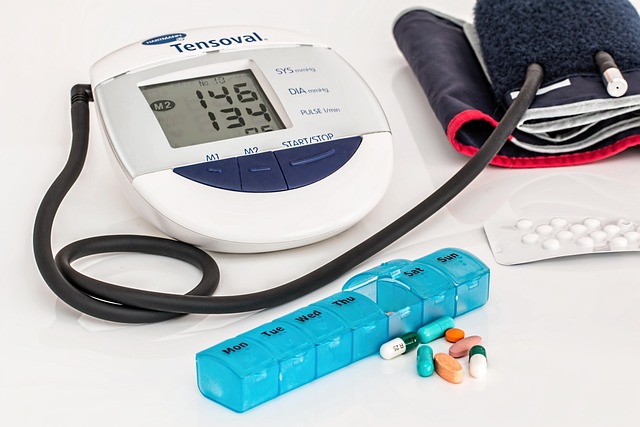Understanding HIV Treatment: Advances in Medical Care for People Living with HIV
HIV treatment has come a long way since the early days of the epidemic. Today, with proper medical care and antiretroviral therapy (ART), people living with HIV can lead long, healthy lives. This article explores the current landscape of HIV treatment, including testing, healthcare approaches, and the latest advancements in managing this chronic medical condition.

Why is early HIV testing and diagnosis important?
Early HIV testing and diagnosis are critical components of effective HIV treatment. The sooner a person knows their HIV status, the earlier they can begin treatment, which leads to better health outcomes. Regular HIV testing is recommended for individuals at higher risk of exposure to the virus. Modern HIV tests are quick, accurate, and can detect the virus within a few weeks of infection. Early diagnosis allows healthcare providers to initiate treatment promptly, reducing the risk of transmission to others and preventing the progression of the disease.
What does current HIV treatment involve?
The cornerstone of HIV treatment is antiretroviral therapy (ART). ART involves taking a combination of HIV medicines daily to suppress the virus and prevent it from replicating. This not only helps protect the immune system but also reduces the risk of transmitting HIV to others. Modern ART regimens typically consist of three or more antiretroviral drugs from at least two different drug classes. These medications work together to keep the amount of HIV in the body (viral load) at very low or undetectable levels.
How has HIV treatment evolved over the years?
HIV treatment has undergone significant advancements since the first cases were reported in the 1980s. Early treatments were often toxic and required numerous pills taken throughout the day. Today’s ART regimens are much more tolerable, with fewer side effects and simpler dosing schedules. Many patients can now take a single pill once a day that combines multiple medications. Research continues to focus on developing long-acting treatments, such as monthly injections or implants, which could further improve adherence and quality of life for people living with HIV.
What role does healthcare play in managing HIV?
Comprehensive healthcare is essential for managing HIV effectively. This includes regular check-ups with an HIV specialist, monitoring of CD4 cell counts and viral load, and screening for other health conditions that may be more common in people living with HIV. Healthcare providers also play a crucial role in addressing the mental health aspects of living with HIV, as well as providing support for medication adherence. Additionally, they can help patients navigate issues related to disclosure, relationships, and overall well-being.
Are there new approaches to HIV prevention and treatment?
Research in HIV prevention and treatment continues to yield promising results. Pre-exposure prophylaxis (PrEP) has emerged as an effective tool for preventing HIV infection in high-risk individuals. For those living with HIV, studies are exploring the potential of gene therapy and immunotherapy to achieve long-term remission or even a functional cure. While a complete cure for HIV remains elusive, these innovative approaches offer hope for improved treatment options and quality of life for people affected by the virus.
HIV treatment has made remarkable progress, transforming a once-fatal diagnosis into a manageable chronic condition. With ongoing advancements in medical care, testing, and antiretroviral therapy, people living with HIV can expect to live long, healthy lives. Regular testing, early diagnosis, and consistent engagement with healthcare providers are key to achieving the best possible outcomes in HIV treatment and management.
This article is for informational purposes only and should not be considered medical advice. Please consult a qualified healthcare professional for personalized guidance and treatment.






